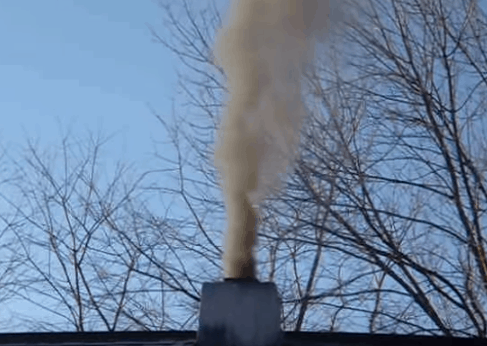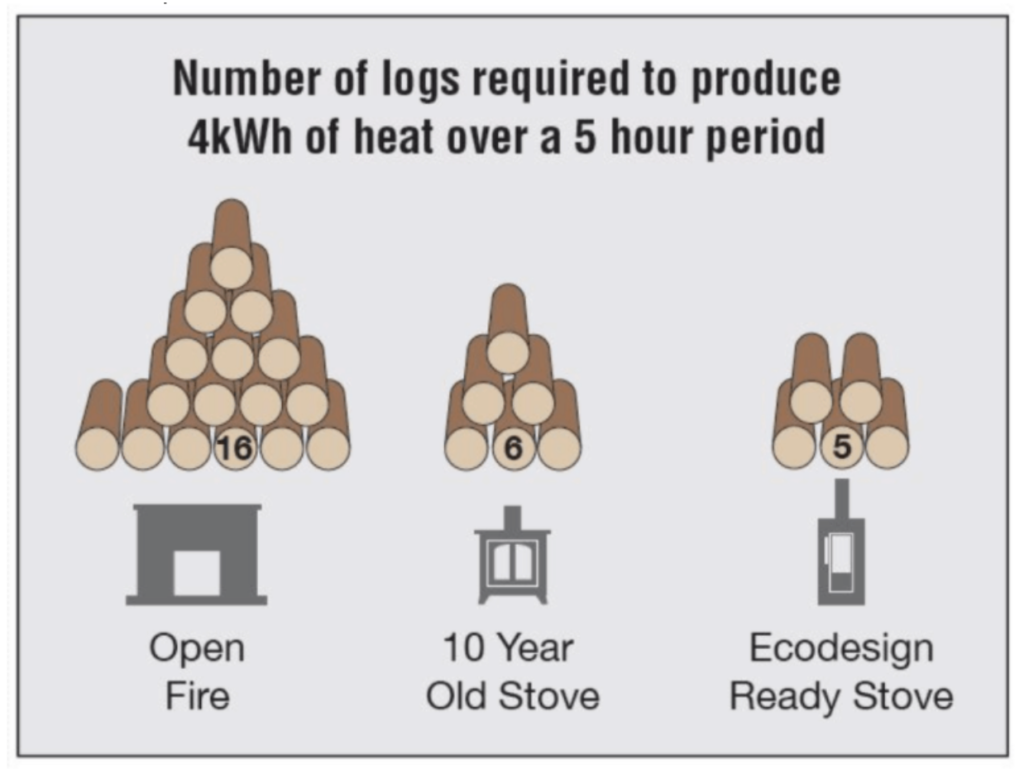According to a recent report, the ULEZ (Ultra Low Emissions Zone) and LEZ (Low Emission Zone) have lowered emissions in London. Academics at the University of Bath have looked at the launch of the 2008 Low-Emission Zone (LEZ) for lorries and the 2019 Ultra-Low Emission Zone (ULEZ) and have found the schemes have had a positive impact on air quality.
The academics stated that the introduction of the LEZ helped to lower particulate matter (PM10) in Greater London by 13% between 2008 and 2013, compared to between 2003 and 2007. Nitrogen dioxide levels also dropped by almost 19% in 2019 after the launch of ULEZ in Central London, compared to the period between 2016 and 2018.
According to the report, the cleaner air in London as a result of these two schemes contributed to 4.5% fewer long-term health problems and an 8% reduction in illnesses such as asthma and bronchitis.

What About Other Emission Lowering Schemes?
ULEZ and LEZ are designed to lower vehicle-related pollution. However, there are other things which have come to fruition in recent years to lower carbon emissions in an attempt to halt and hopefully reverse the effects of climate change. These include the ban on the sale of traditional house coal, which came about in May 2023. In 2017, the Ready to Burn initiative was launched to help consumers, that use a wood-burning stove, identify if the wood they are buying has a moisture content below 20%. In February 2021, the sale of unseasoned (wet) wood of less than two cubic metres was banned. Also, many parts of the UK are subject to Smoke Control Areas, which means:
* You cant release smoke from a chimney
* You can only burn authorised fuel unless you use an appliance approved by Defra (also known as an ‘exempt appliance’ or ‘Defra approved appliance’).
Fines are in place for those who flout these laws.
The introduction of Ecodesign stoves in January 2022 meant you could only buy a stove that is Ecodesign compliant. This was a huge step forward for stove emissions and further separated them from other wood-burning appliances like open fires and old non-Ecodesign stoves. clearSkies, developed by the SIA (Stove Industry Alliance), is a certification scheme that goes above and beyond all government standards and legal regulations. Only wood-burning stoves with the industry’s lowest emissions of carbon monoxide, nitrogen oxides, organic gaseous compounds and particulate matter (PM) qualify for the clearSkies mark, such as those in the Charlton & Jenrick range.
The Rise of Smoke Control Areas:
Smoke Control Areas have been a lifeline for public health. In the 1950s and 1960s, the UK suffered smog, which was a deadly mixture of both smoke (from the extensive burning of coal) and fog plus other pollution combined. One of the worst smogs of all time was that of the one in 1952, which left many dead in London. The smog was so toxic that it was reported to have choked cows to death, and transport came to an almost standstill. Sadly, this was just one of many that would follow in subsequent years.
The Clean Air Act of 1956 was passed in response to the great smog of 1952. It was in effect until 1964. The Act introduced measures to reduce air pollution, including the introduction of Smoke Control Areas. The key objective behind this was to improve the environment for all following the awful effects of the great smog, and the accumulation of a growing, more polluting population.
Wood-Burning Stoves & Comparisons:
The days of burning coal on an open fire and the issue of smog, in this country at least, are long gone. We can burn solid fuel but with much more consideration placed on the environment. The wood-burning stoves, for example, found in the Charlton & Jenrick range, are all Defra-approved Ecodesign compliant and clearSkies certified. Nowadays, there are incredibly stringent emission levels manufacturers need to meet to burn wood. Comparing an open fire or an old, outdated stove to a new Ecodesign stove, which, sadly, too many misinformed journalists and similar still do, is like comparing a worn-out old gas-guzzler car to a new ultra-low-emission EV simply because they have four wheels….and we are talking about an EV which has had charge from a power station which runs on renewables before anyone asks.
The diagram below shows just how efficient an Ecodesign stove is.









